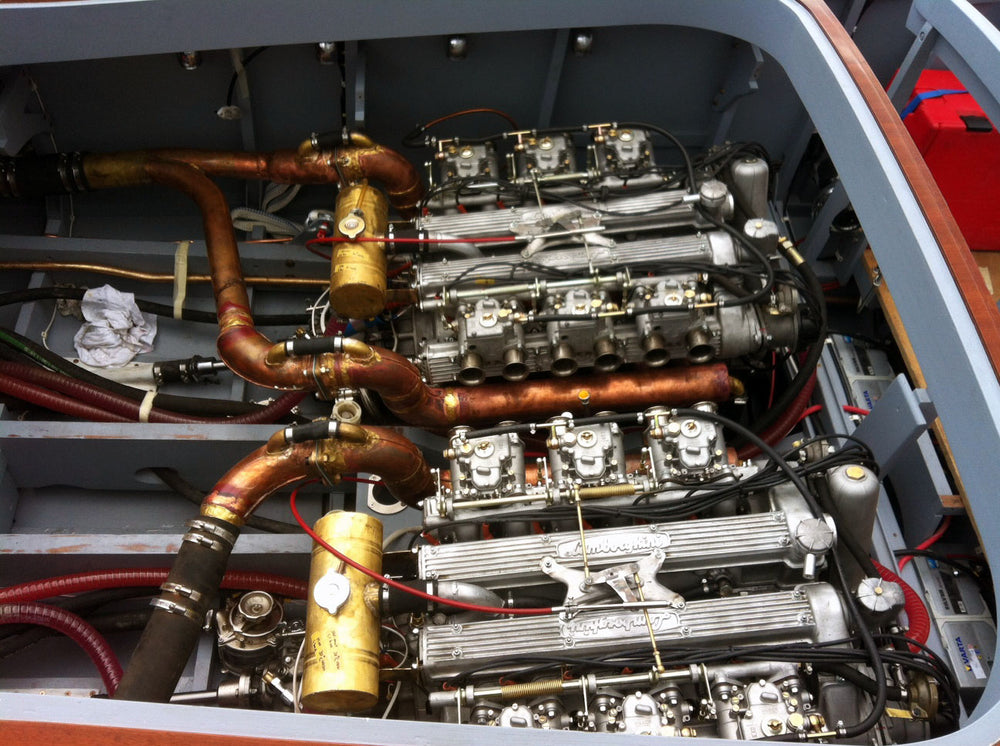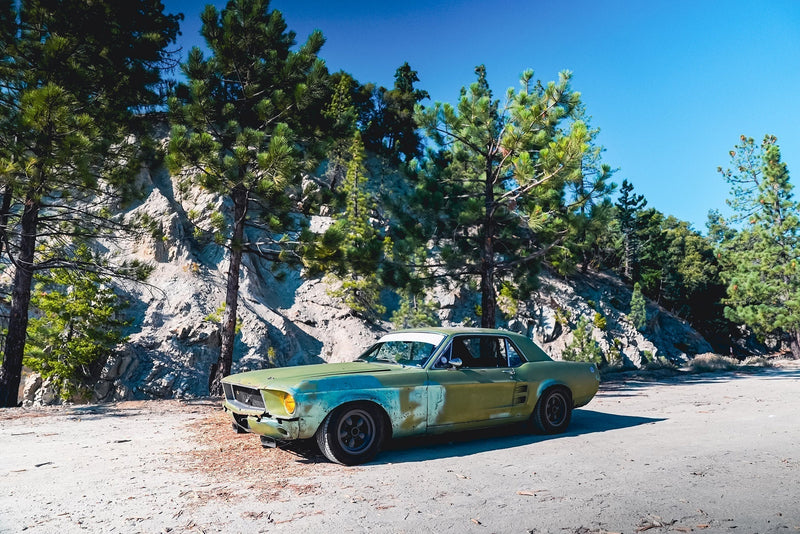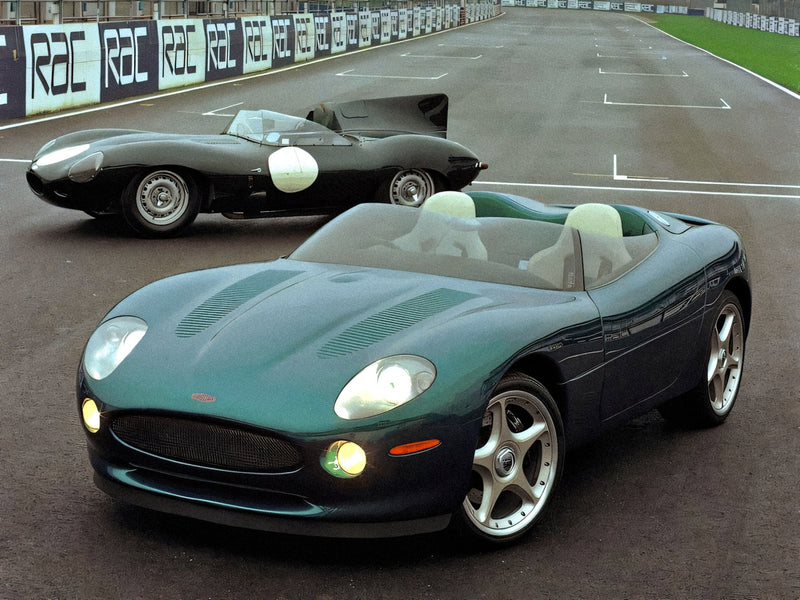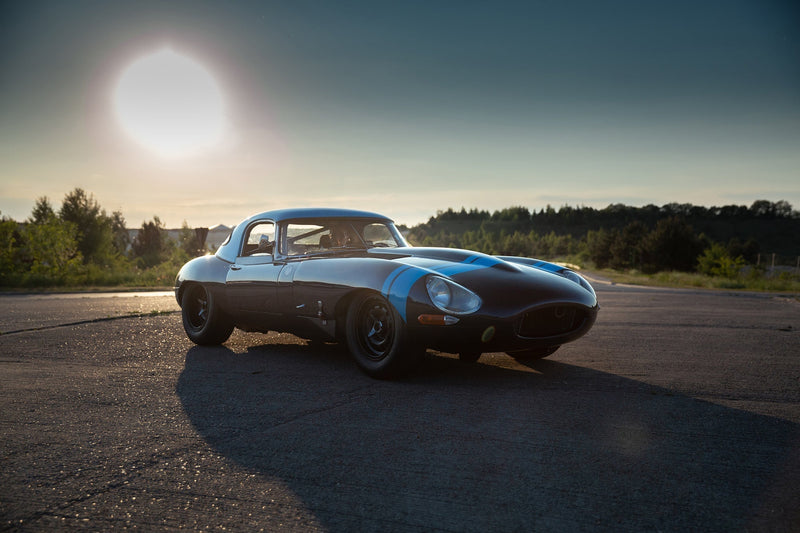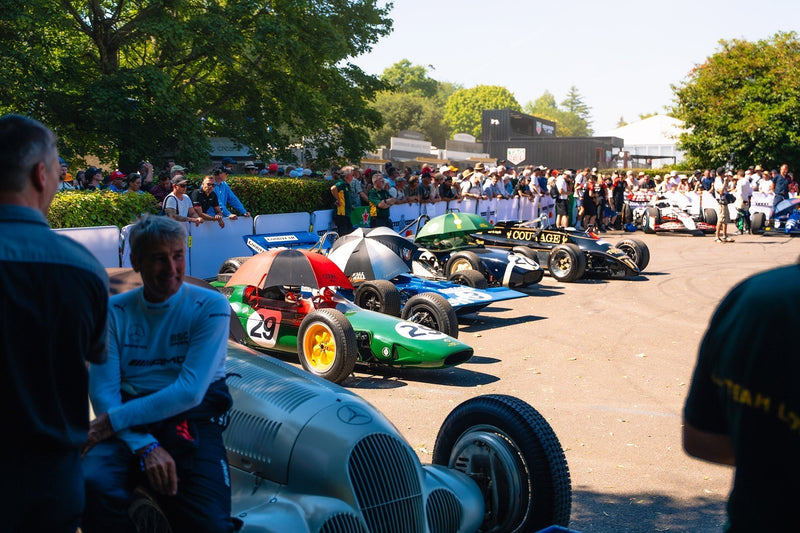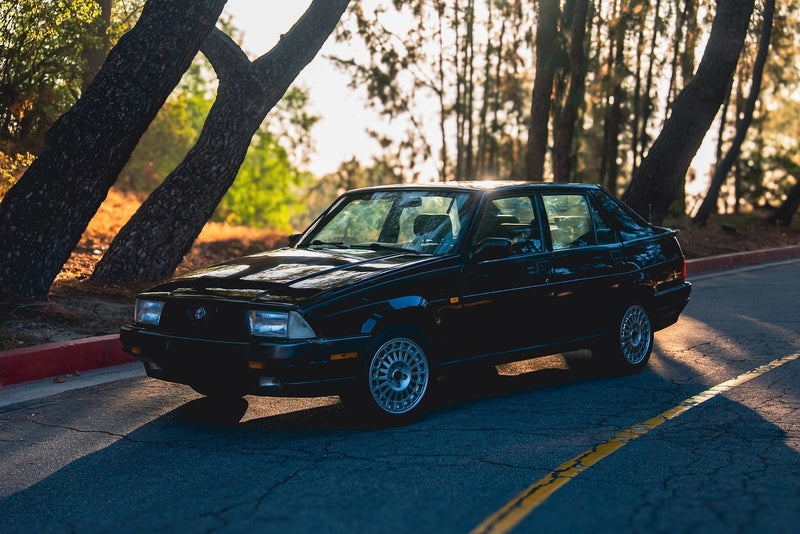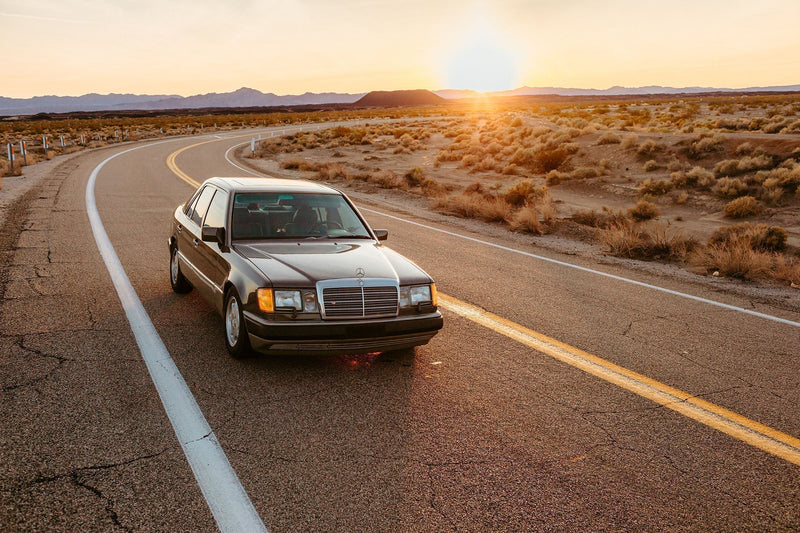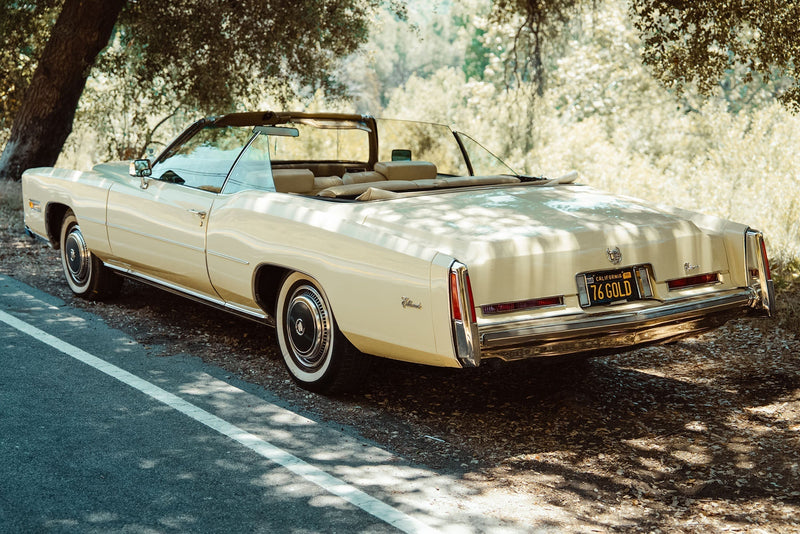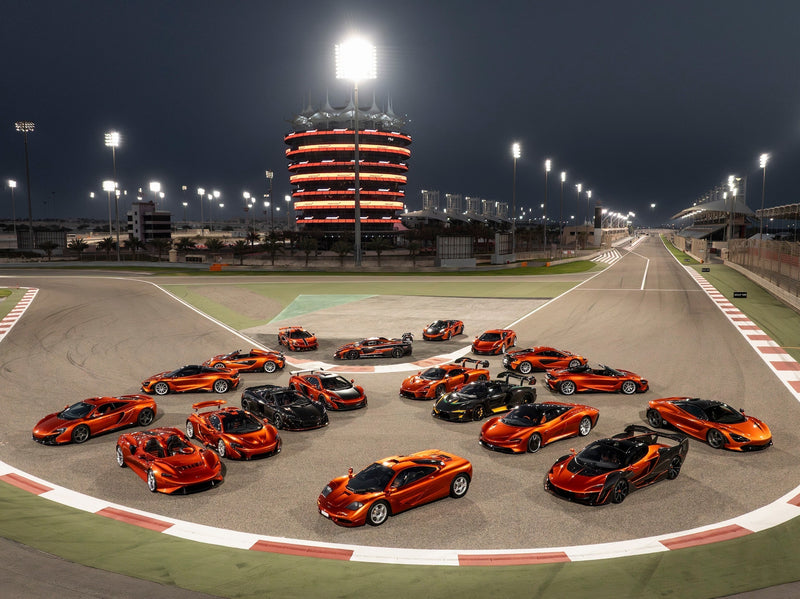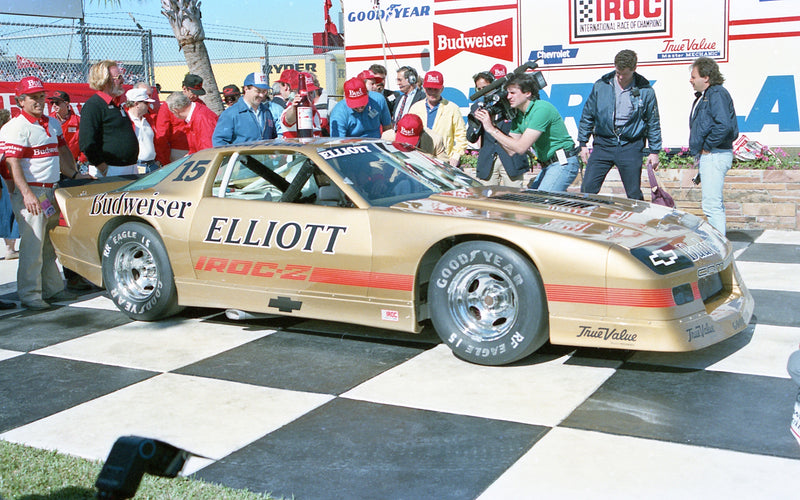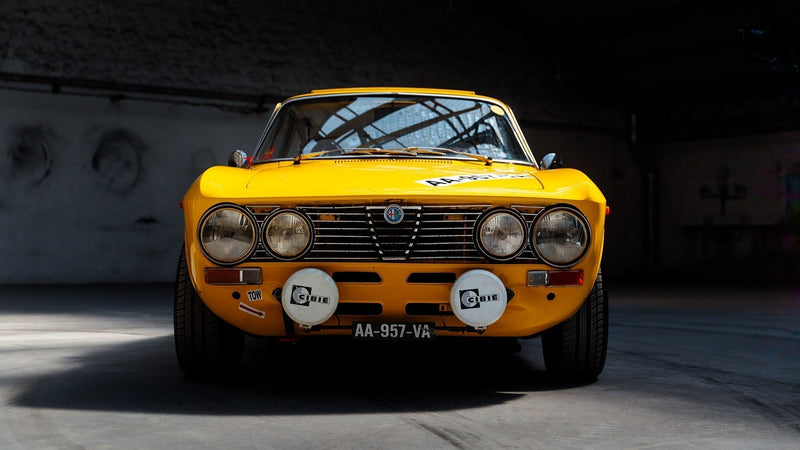We’ve previously touched on this absurd amalgamation of Italians, and so we won’t reiterate the the story of how Ferruccio Lamborghini commissioned his Riva Aquarama with twin V12s except to make two comments: one, this is arguably the most decadent way to travel on water (you can keep your mega yachts, just focus on the words “Lamborghini-powered Riva”), and two, it never really worked all that well. What we’re here to talk about is not the entirety of the boat, but the story of its engines.

While the pair of Lamborghini motors produced significantly more power than the standard Aquarama’s GM-built small-block V8s, the necessary torque just wasn’t in the right place, and so it was difficult to get the craft to come to plane properly without the low-down guttural shove provided by the old V8s. Of course, if you don’t think about it too much, it makes perfect sense for the founder of an Italian supercar company to fit his luxury Italian motorboat with Italian V12s, though it doesn’t necessarily follow that the resultant beast of a boat will actually perform as it should.


Because the first iteration was largely untenable, Riva was called to fit the V8s back into Lamborghini’s Aquarama not long after they’d been taken out. This would of course never be the ideal configuration in Lamborghini’s mind though, and so work soon began on the second phase of V12 thrust, focused on delivering the power and torque in the lower, more marine-conducive rev range. Furthermore, one of the motors was reengineered to spin counter to its neighboring mill in pursuit of eliminating what’s known as “prop walk,” or when the forward motion provided by the engines is accompanied by a tendency for the boat to rotate in the direction of its crankshaft’s spin.


Clearly then, this boat has had its share of heart transplants in the period, and when it left Lamborghini’s possession in the late ‘80s, the surgery was performed yet again, with the standard V8s once again swapped in for the V12s.
As is sadly the case with creations like this, the Riva was discovered decades later with nature well on its way to another victory over machine. With the entire boat in need of extensive rebuilding, Riva-World founder Sandro Zani was tasked with the revitalization, and while no stranger to the intensive and extensive woodwork that give an Aquarama form, it’s not a common job to source and convert for marine use two vintage V12s.



After sourcing suitable units to begin working on, Zani was granted access to one of the boat’s old motors (one of the the V12s from the second iteration of Lamborghini power, from the counter-rotating setup) that was, and is currently, owned by Lamborghini. Armed with the correct pieces to begin the mountain of looming work, the task of actually building the motors was entrusted to Carobu Engineering in Albuquerque, New Mexico.






Working with modern engine simulation programs decades ahead of the motors’ technology, Carobu transformed the donors into the capable and competent marine-ready duo that are now each churning out over 320 horsepower. What began as two 4.0 liter lumps have since evolved into massive twin 5.5-liters. That extra capacity—which you’ll notice is as large as a typical economy car engine—comes by way of widened bores and increased stroke depth, though this is just a piece of the engineering that went into the V12s.
Intake flow and camshaft timing were optimized for the new capacity as well as for the low-rev requirements of a marine application. And with the new, more spacious interiors, the engines have filled out the enlarged volume with bespoke billet crankshafts and newly forged pistons. Furthermore, the counter-rotating motor had to be modified for correct oil flow, and so new paths were drilled into the cams using a process called Electronic Discharge Machining. What this process involves would require degrees that I don’t have to properly explain, but essentially it’s a process of machining metal using electrical charges to remove material that can create intricate and precise shapes and channels like those needed to reroute oil through a high-strung Italian V12 that’s been fitted to a wooden boat.





It’s been a long time coming, but the Lamborghini-powered Riva seems to have finally reached the potential seen in it so many decades ago. It's fun to think of a world in which this becomes the national vehicle of Italy (seriously, what is more Italian than this?), and with a total of 12 Weber side draft carbs cramming air and fuel into practically siamese V12s before the used-up mix is shouted out of the chromed exhaust piping, it makes a pretty good case for a national anthem too, as evidenced by Carlo Riva's two thumbs up—one for each of the Lamborghinis behind him perhaps?



